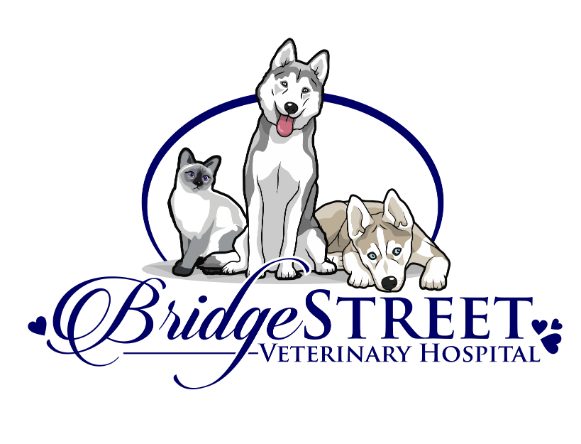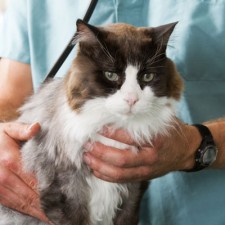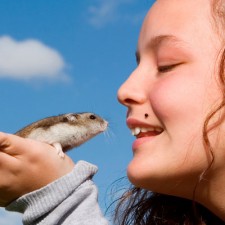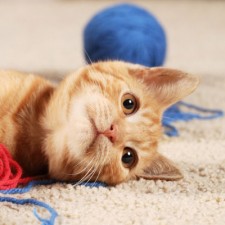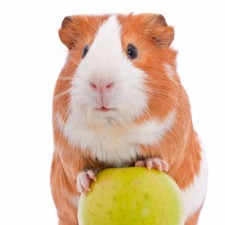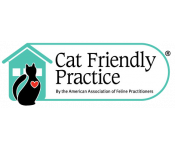
Your golden retriever Hunter has become a very efficient scratching machine. From dawn ’til dusk, Hunter scratches every area of his body he can reach. When he tires of that, he licks his paws and digs furiously at his ears. Hunter doesn’t want you messing with his skin, although you have noticed that it has a reddish cast and moist feel. While it might sound strange, Hunter’s body thinks certain substances, or allergens, are harmful to him. Hunter’s immune system mobilizes its defenses to repel the allergens. Unfortunately, this response makes Hunter suffer from skin, respiratory, and digestive symptoms. Fortunately, your Waterloo veterinarian can discover the cause of Hunter’s allergies and get him some relief.
Human-Like Allergy Symptoms
In an ironic twist, Hunter can suffer many of the same allergy symptoms you can experience. We already know Hunter scratches like a fool; however, it gets even worse. If Hunter works on himself long enough, he can develop a secondary skin infection, leading to hair loss and nasty-looking crusty skin. Maybe Hunter has also become familiar with sneezing, runny eyes, super-itchy ears, and frequent ear ailments, known as the hallmarks of canine allergy sufferers.
Familiar Canine Allergens
Poor Hunter is surrounded by allergens; and unless he lives in a bubble, he’ll find it tough to get away from them. He might be sensitive to house dust mites, household dust, airborne mold spores, and various pollens. If Hunter’s affected by inhaled allergens, he’ll be impacted by perfume, cleaning product fumes, and cigarette smoke. If Hunter has flea bite allergies, a single bite can set him off for two to three weeks. Hunter might also be allergic to animal dander, which might be a big problem in a household with multiple pets.
Food Allergy Mysteries
Hunter and his canine friends can also fall victim to varied food allergies. These poor dogs often exhibit human-like food allergy symptoms such as diarrhea and vomiting. Dogs beset by food allergies can also get incredibly itchy skin. Unfortunately for Hunter, he can’t stop eating. Your vet will suggest a food elimination diet that, over time, can pinpoint the source of Hunter’s discomfort. In the meantime, be prepared for Hunter to be annoyed when you remove his favorite foods and snacks.
Allergy-Prone Pooches
Not all canine allergy sufferers are created equal. While allergies can cause issues for any dog, terriers, setters, and retrievers (including Hunter, apparently) are especially prone to problems. Boston terriers, pugs, bulldogs, and other flat-faced breeds also seem to be particularly miserable.
Good thing your Waterloo vet can get to the bottom of Hunter’s allergy problems. Your vet will prescribe a treatment plan that turns Hunter from a scratching machine into a fun-loving dog again.
